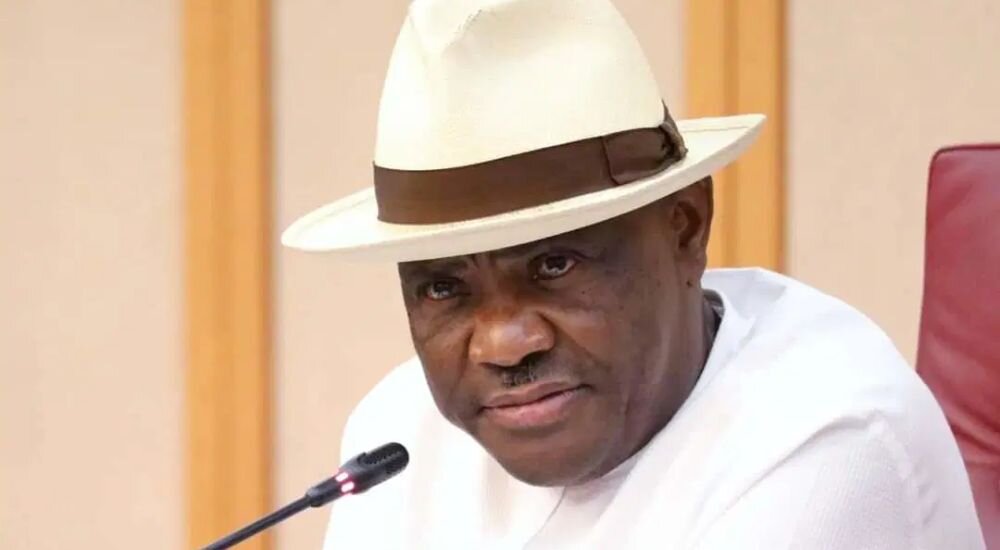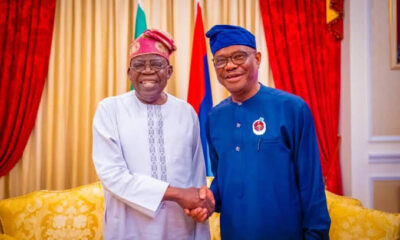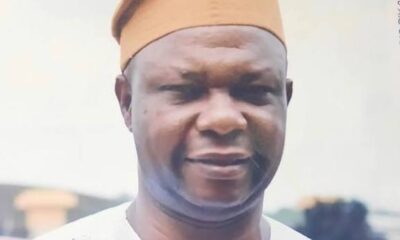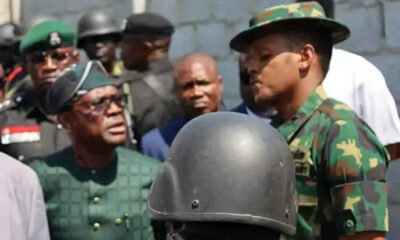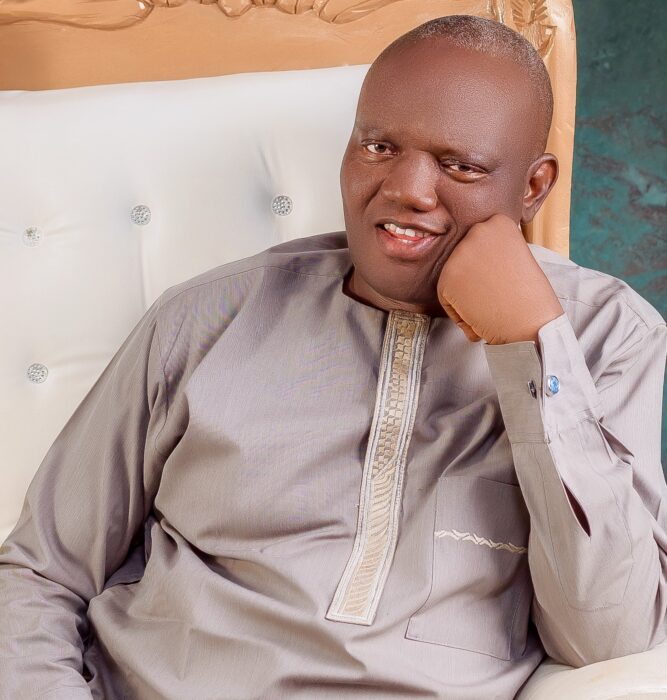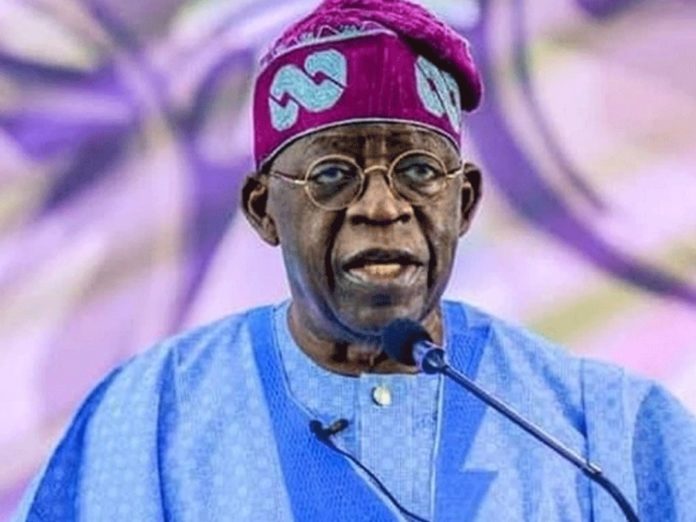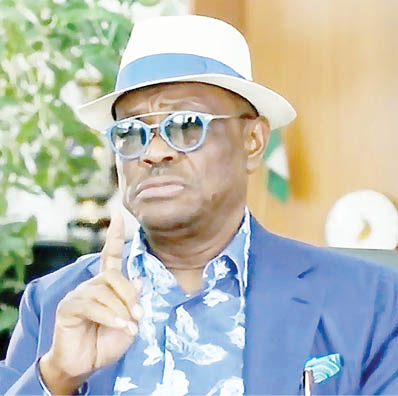Africa
When Speed Replaces Truth: Rethinking Ethics in Digital Newsrooms -By Hills Alex
But someone he had a fallout with twisted the message. That person shared the same flyer online and claimed my friend was calling AE-FUNAI students “hungry students.” The misinformation spread like wildfire. Within hours, his name and intentions were misrepresented. People began calling him proud and insensitive. Watching that unfold opened my eyes to how fragile truth can be in the digital space — and how fast falsehood travels when given a platform.
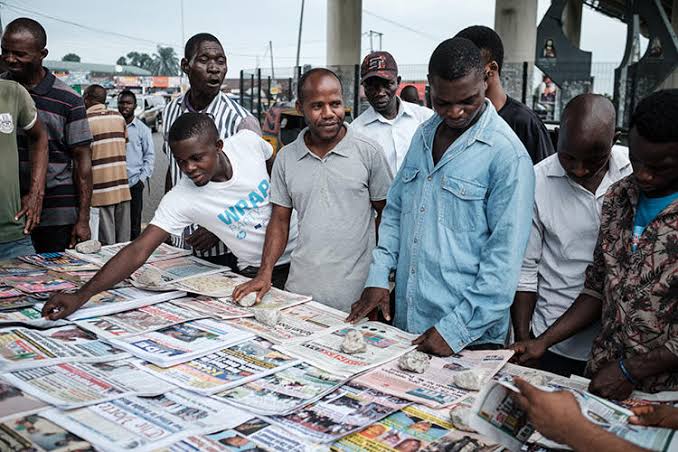
In December 2021, I attended a Fact-Checking and Media Literacy Training organized by the West African Broadcast and Media Academy (WABMA) in Ebonyi State, Nigeria. That experience became a defining moment in how I began to understand journalism in the digital age. It opened my eyes to the ethical tension between speed and truth — how the hunger to be first can often silence the duty to be right.
During one of the sessions, the facilitator shared a story that has never left my mind. He told us about a member of the British royal family who raised his hand, flashing a one-love gesture — two fingers lifted in peace. But the camera that took the picture from one particular angle captured it in such a way that the middle finger blocked the index finger. To those who saw it from that single angle, it appeared as though he was giving the “middle finger” sign. The image spread quickly across the internet, sparking outrage, until a full footage surfaced later and revealed the truth — that it was nothing more than a distorted angle.
The trainer used that moment to explain the danger of one-sided stories and how easily half-truths can shape public perception. That lesson hit me deeply. It reminded me that in the world of digital journalism, one frame, one click, or one headline can rewrite reality if not handled responsibly.
I’ve always been a bit cautious about what I share online, but there was a time I too got carried away by the rush of the crowd. I once shared a trending post only to later realize it wasn’t entirely true — that there was another side to the story. I can’t even recall what the post was about anymore, but I remember the feeling of regret. I felt like I had joined the noise instead of questioning it. I deleted it, but that sense of having failed the truth stayed with me.
Another experience that shaped me happened during my undergraduate days at Alex Ekwueme Federal University Ndufu-Alike (AE-FUNAI). A close friend of mine — we’re no longer friends now — came up with a campaign called “Operation Feed AE-FUNAI Students.” It was a genuine initiative to help students during exams, especially those struggling to afford meals.
But someone he had a fallout with twisted the message. That person shared the same flyer online and claimed my friend was calling AE-FUNAI students “hungry students.” The misinformation spread like wildfire. Within hours, his name and intentions were misrepresented. People began calling him proud and insensitive. Watching that unfold opened my eyes to how fragile truth can be in the digital space — and how fast falsehood travels when given a platform.
In moments like that, the loudest voice, not the truest one, often wins. And by the time the real story emerges, many have already accepted the lie. That experience taught me that clarity is not optional — it is an ethical responsibility for anyone who communicates publicly.
After those experiences, I made a personal rule for myself: verify before sharing, no matter how fast a story trends or how engaging it seems. Because in a digital world where everyone has a platform, we all share the same ethical burden once carried only by journalists.
Speed may bring clicks, but truth builds credibility. The future of journalism — and of public trust — depends on our courage to slow down, to pause, to verify, and to tell stories that inform without misinforming. For me, that’s what ethics in digital journalism truly means — a commitment not just to information, but to integrity.

